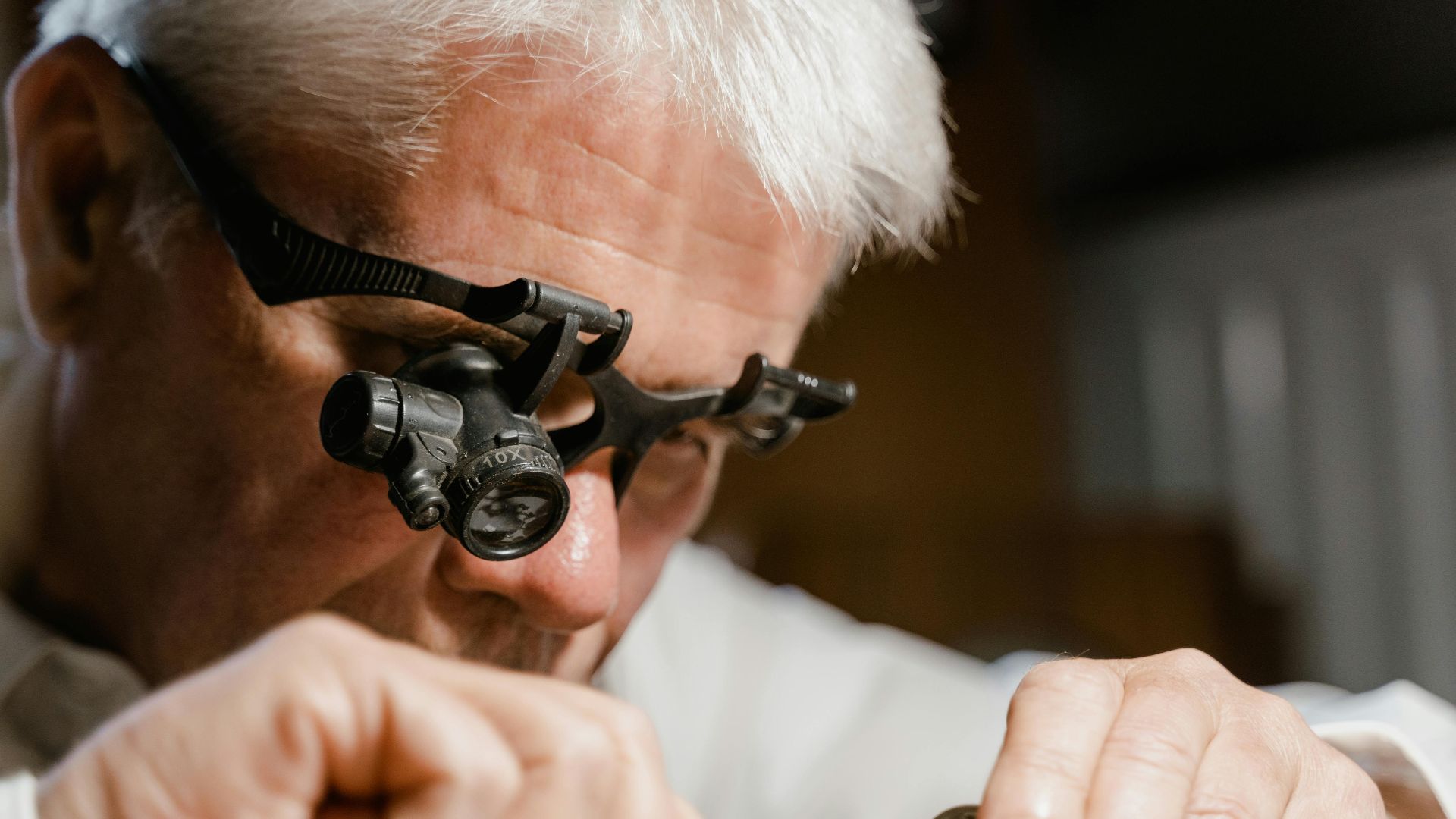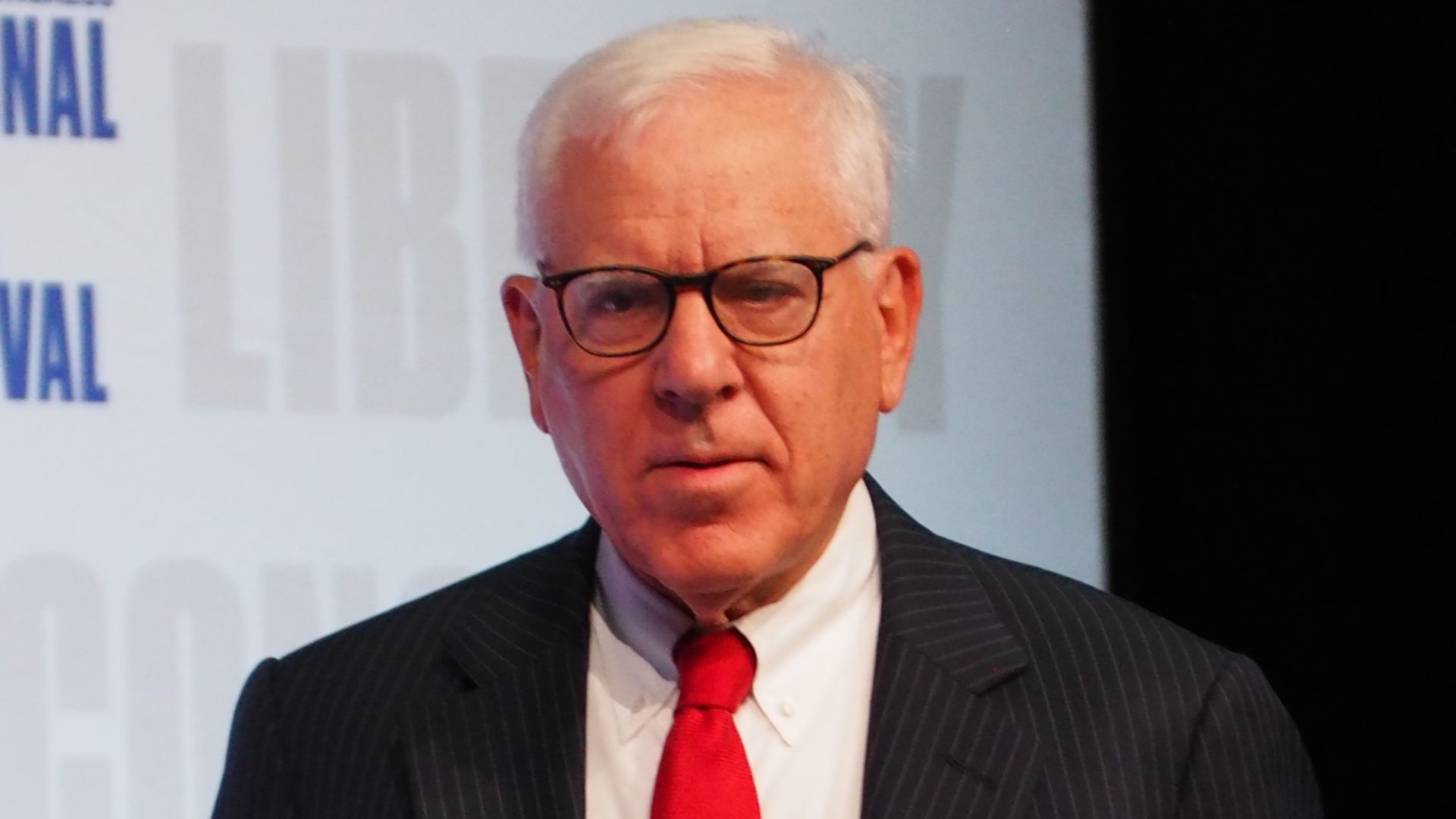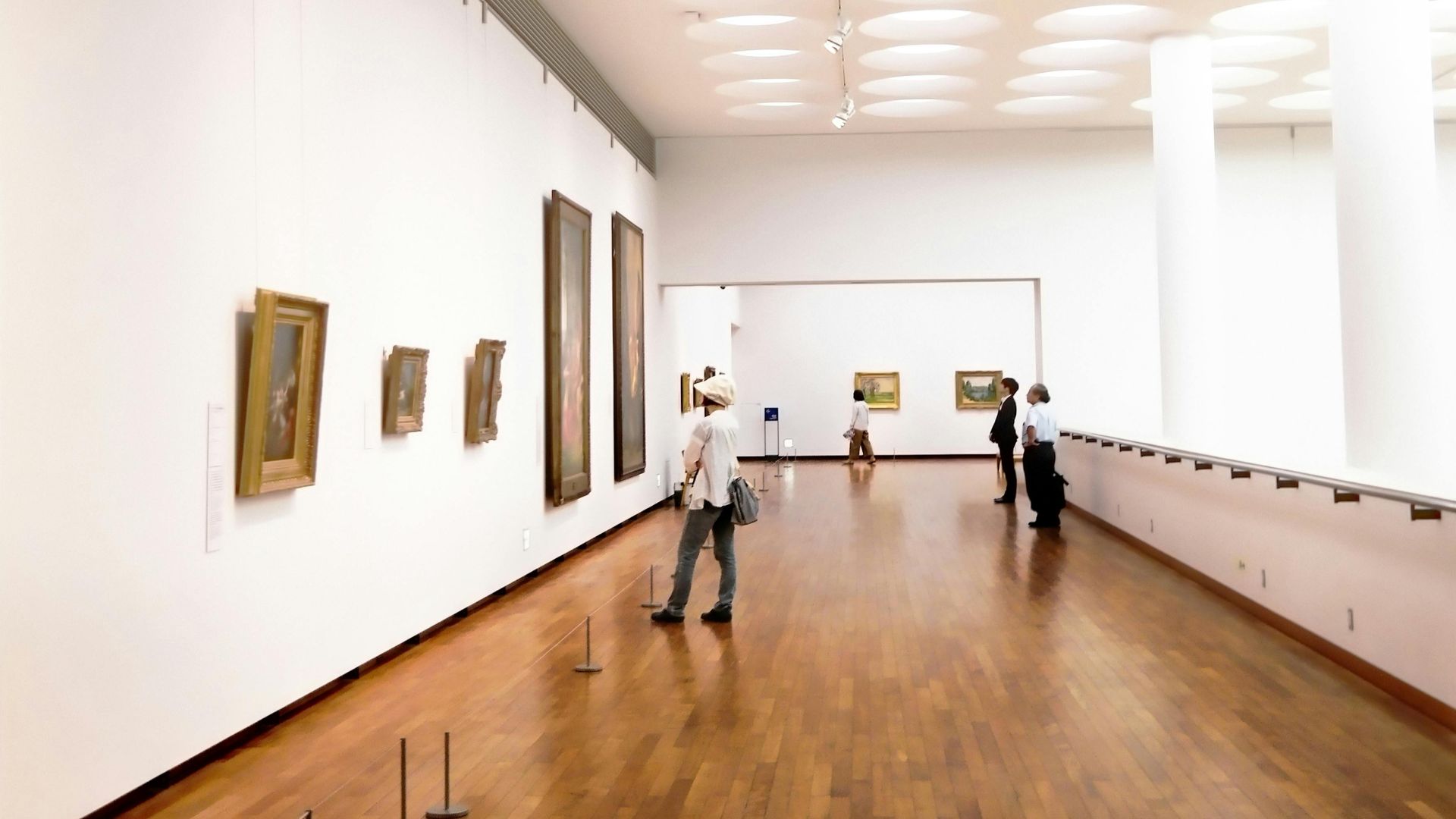A Regular Saturday at the Flea Market
He didn’t go to the flea market looking for treasure—just something to fill an empty spot on his wall. Rows of dusty tables, old furniture, and faded prints stretched across the lot. But one worn wooden frame, with a dull country scene inside, caught his eye. The price tag said $4. What happened next sounds like something out of a movie—but every word of it is true.
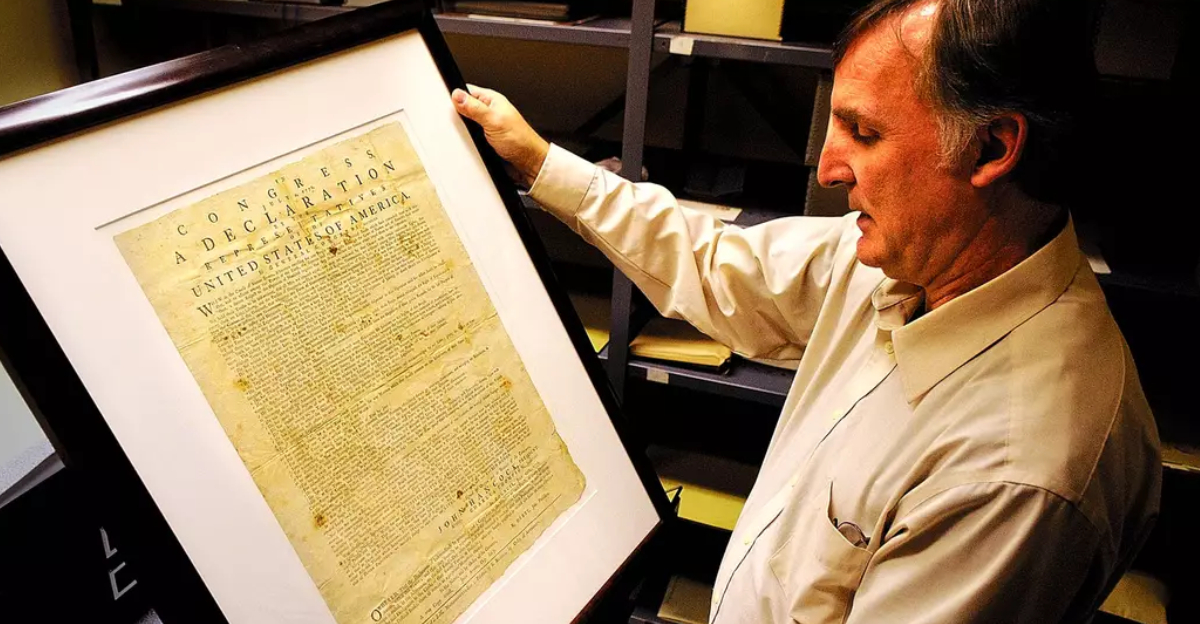
A Simple Impulse Buy
It looked old but charming—weathered wood, muted colors, a touch of history. He brought it home and hung it on the wall, never guessing that the frame itself was hiding something extraordinary. For months, it stayed there, unnoticed.
An Ordinary Fix Leads to an Extraordinary Discovery
When the print began to slip inside the frame, he decided to open it up. As he peeled back the paper backing, he noticed a folded sheet of thick, yellowed parchment tucked behind the picture. Curious, he removed it carefully and unfolded it.
An Unexpected Find
The paper was coarse and textured, the ink dark but uneven with age. At the top, in bold letters, were the words: “In Congress, July 4, 1776.” For a moment, he just stared. It looked like the Declaration of Independence—but could it possibly be real?
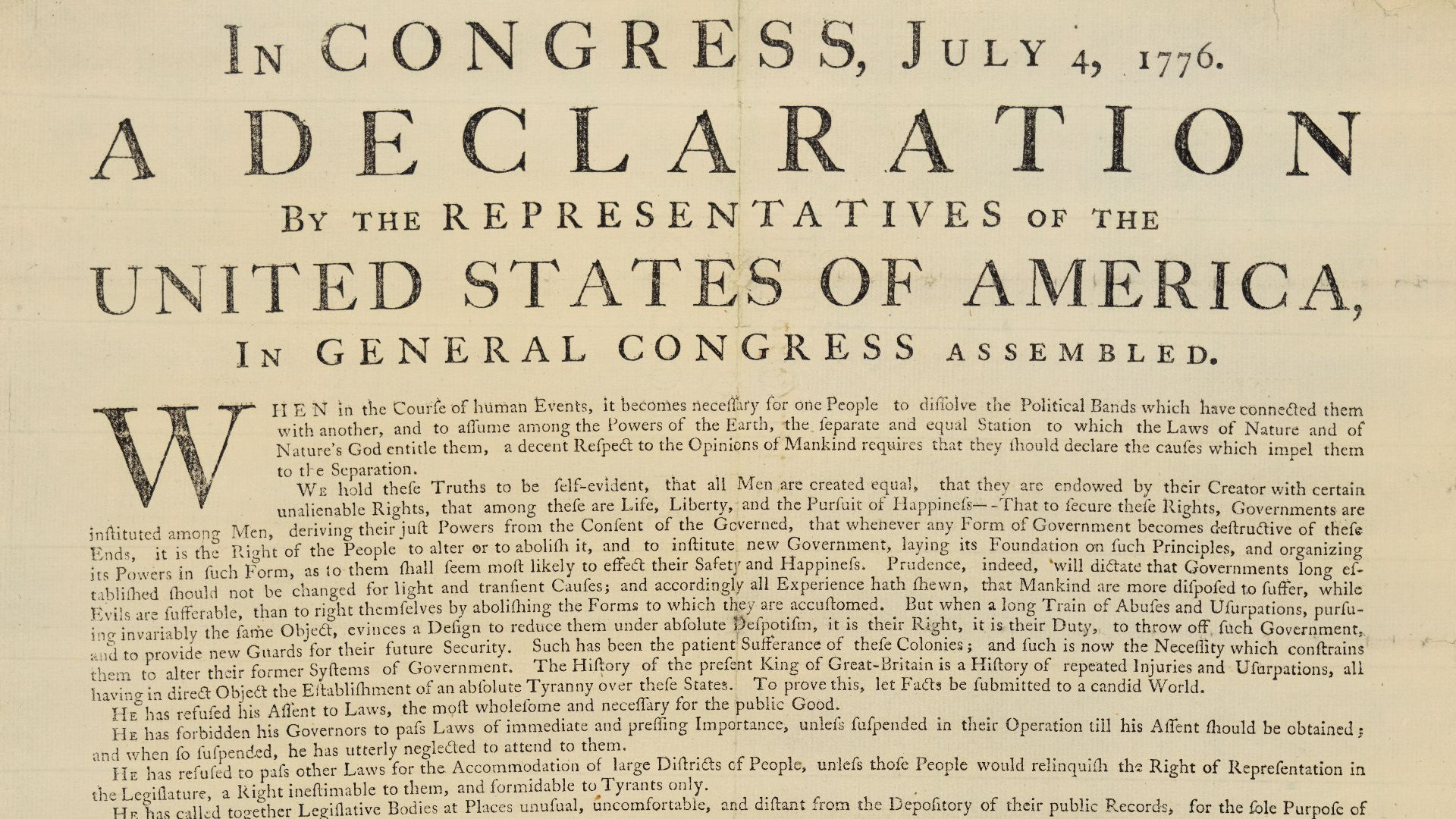 John Dunlap; text by Thomas Jefferson et al., Wikimedia Commons
John Dunlap; text by Thomas Jefferson et al., Wikimedia Commons
Too Strange to Be True
He assumed it was a reproduction, maybe something printed decades ago as a decoration. But the paper felt different—stiffer, heavier, handmade. The ink appeared pressed into the fibers, not printed on top. It didn’t look or feel like a modern copy.
 John Dunlap; text by Thomas Jefferson et al., Wikimedia Commons
John Dunlap; text by Thomas Jefferson et al., Wikimedia Commons
The Doubt That Sparked Curiosity
He considered tossing it aside, but something about it wouldn’t let him. Even replicas didn’t look this old. So he tucked it carefully into an envelope and decided to ask around. He didn’t realize it yet, but curiosity had just changed his life.
A Second Opinion
He showed it to a friend, who suggested he bring it to a local antiques dealer. The dealer examined the paper and ink closely, then looked up and said he’d never seen anything quite like it. He advised getting it authenticated by a specialist immediately.
A Pennsylvania Man and a Historic Find
The man, a resident of Pennsylvania who later asked to remain anonymous, contacted David Redden, an appraiser at Sotheby’s in New York. Redden recalled his first reaction: “I unfolded it and my hands started shaking.” It was clear this was no reproduction.
An Original Dunlap Broadside
Experts confirmed it was one of the 24 surviving Dunlap Broadsides—the first printed editions of the Declaration of Independence, produced by printer John Dunlap on the night of July 4, 1776. About 200 were printed, and only a few remain today.
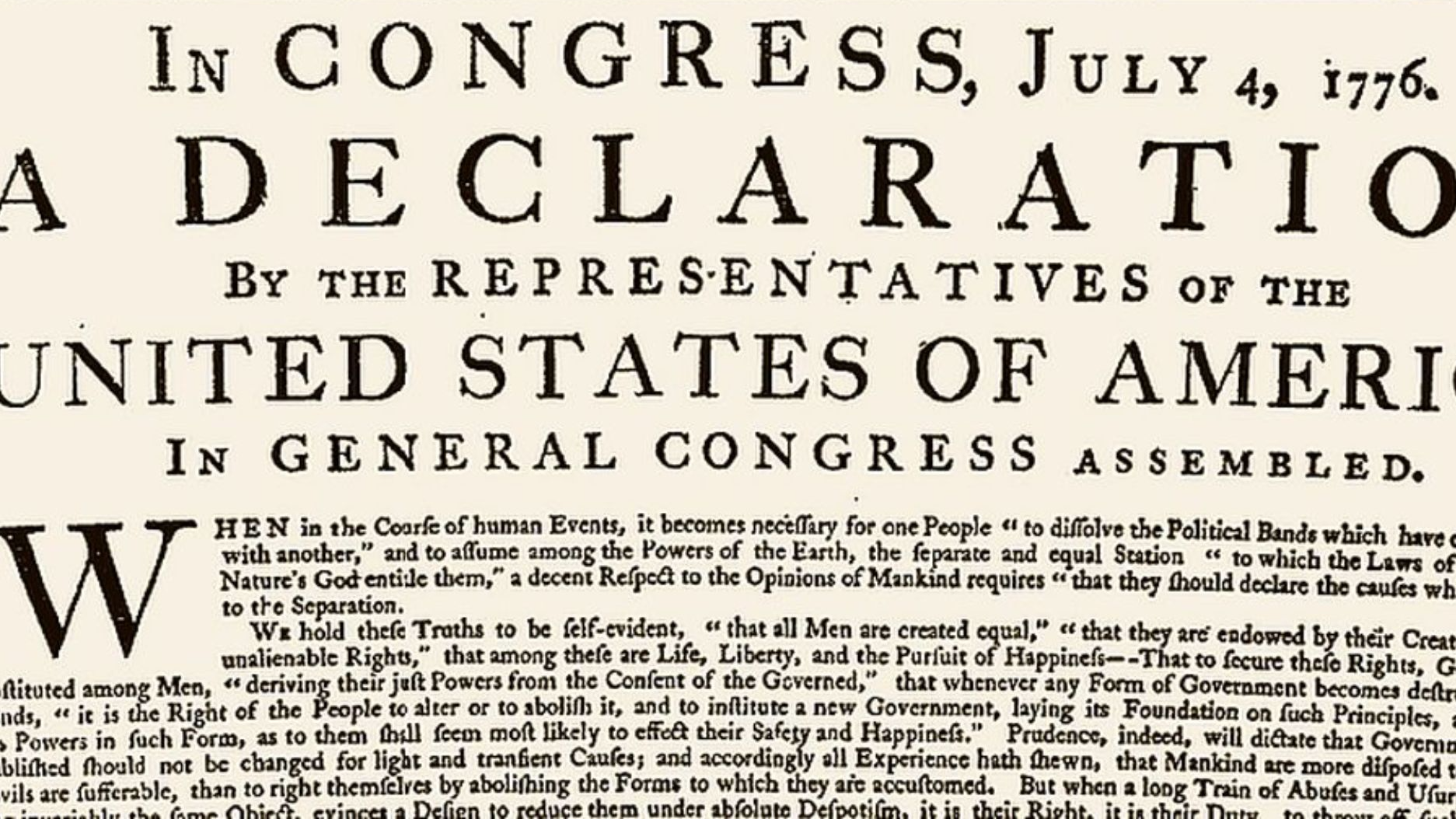 Continental Congress, Wikimedia Commons
Continental Congress, Wikimedia Commons
The First Words of a New Nation
These were the documents that carried the news of independence to the colonies. Historian Seth Kaller later described them as “the nation’s birth certificates—the first declarations the world ever saw.” Each surviving copy is a priceless artifact of America’s beginning.
Understanding the Dunlap Broadside
John Dunlap printed the Declaration in his Philadelphia shop using a hand-operated press. The copies were distributed overnight by couriers on horseback. One of those sheets had somehow traveled through history, folded quietly into a forgotten frame.
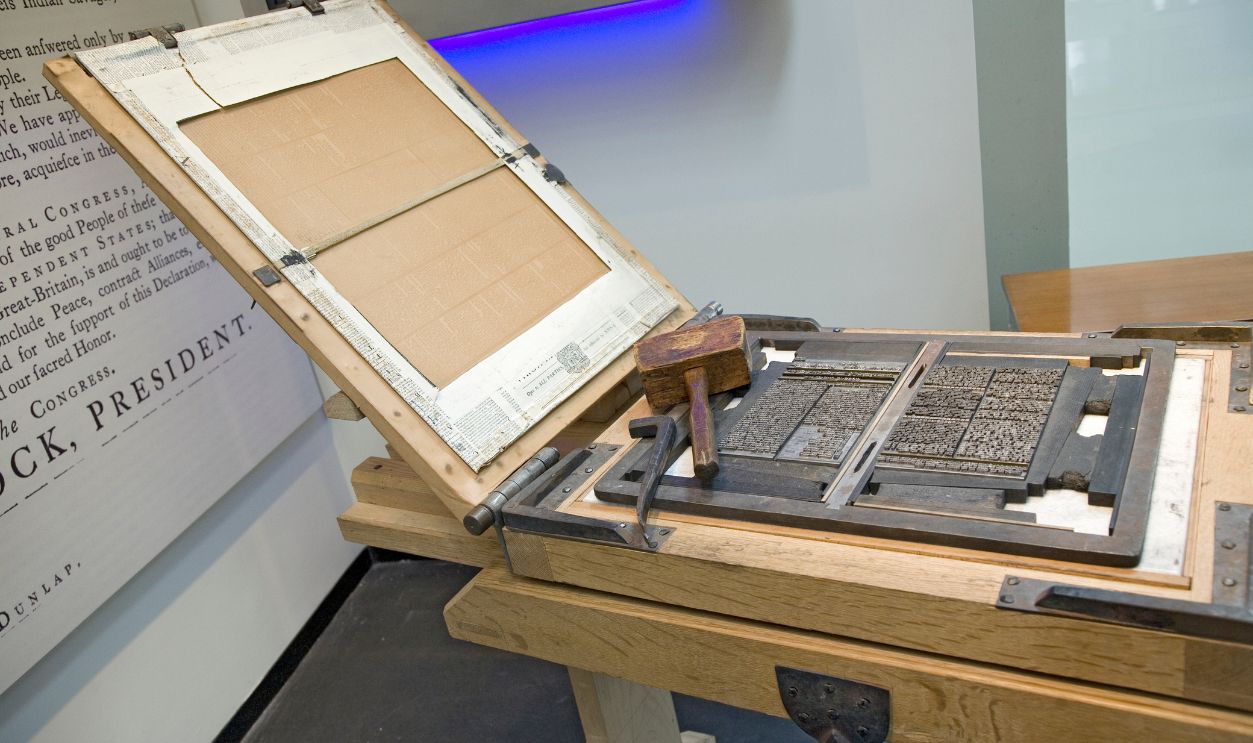 Joe Sohm/Visions of America, Getty Images
Joe Sohm/Visions of America, Getty Images
Hidden for Over a Century
Experts believe the document had been sealed in that frame for more than 100 years. Folded into quarters and forgotten, it had been accidentally preserved—protected from light, moisture, and air. The folds were still crisp, the paper remarkably intact.
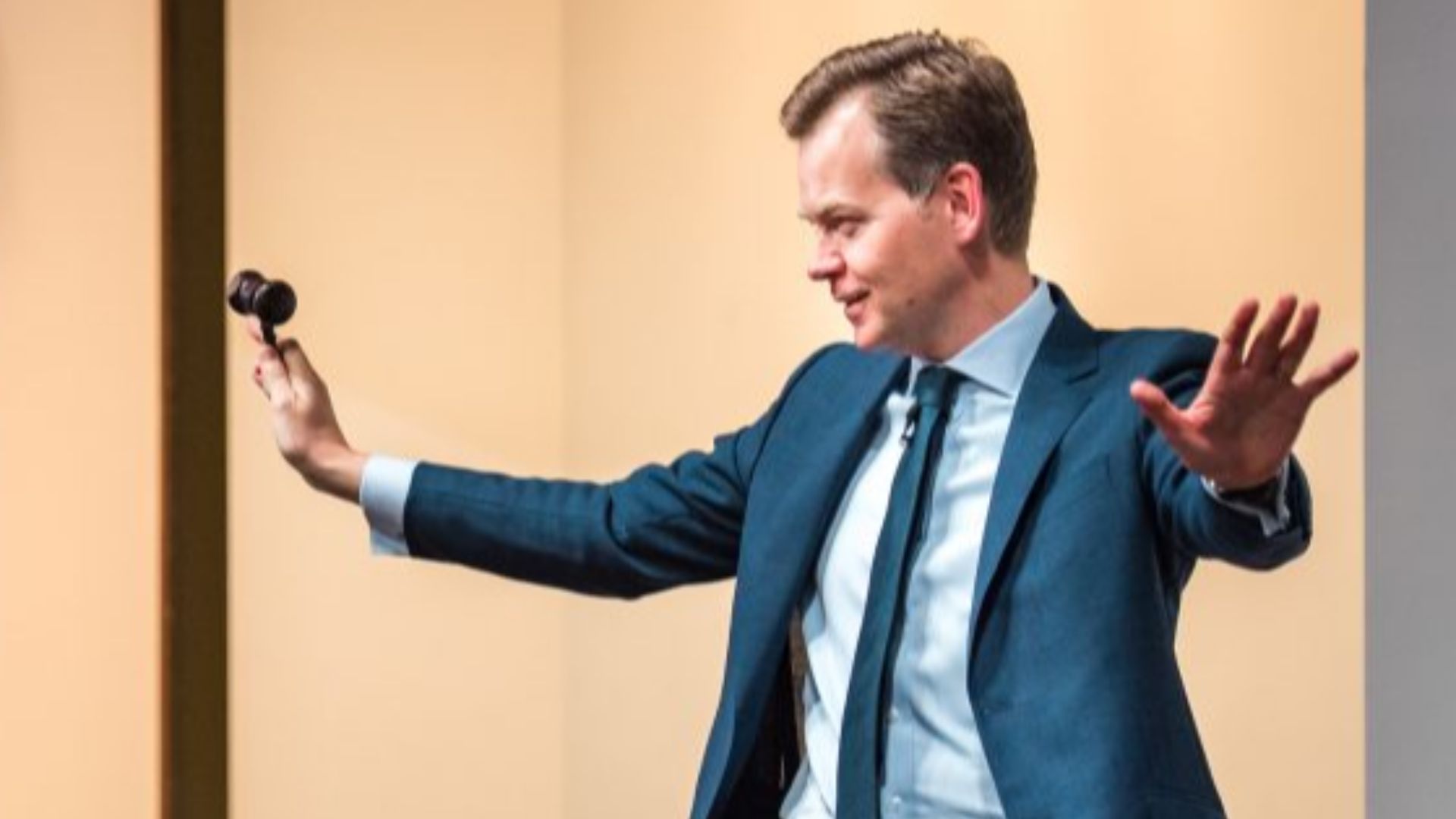 Sothebys117, Wikimedia Commons
Sothebys117, Wikimedia Commons
A Forgotten Document Comes to Light
It’s possible the document had been passed down through generations, its significance lost over time. At some point, it was framed behind a print—perhaps just to keep it safe—and then sold, like any other old picture, to a stranger who had no idea what he’d found.
The Discovery Makes Headlines
After verification, word of the find spread quickly. In 1991, newspapers across the country reported the story of the man who had unknowingly purchased one of the earliest printed Declarations of Independence for $4 at a Pennsylvania flea market.
The Sotheby’s Auction
When the document went to auction, the buzz was immediate. Collectors, historians, and institutions all wanted a chance at it. David Redden called it “a perfect, untouched specimen of history”—a once-in-a-lifetime piece that connected modern America to its birth.
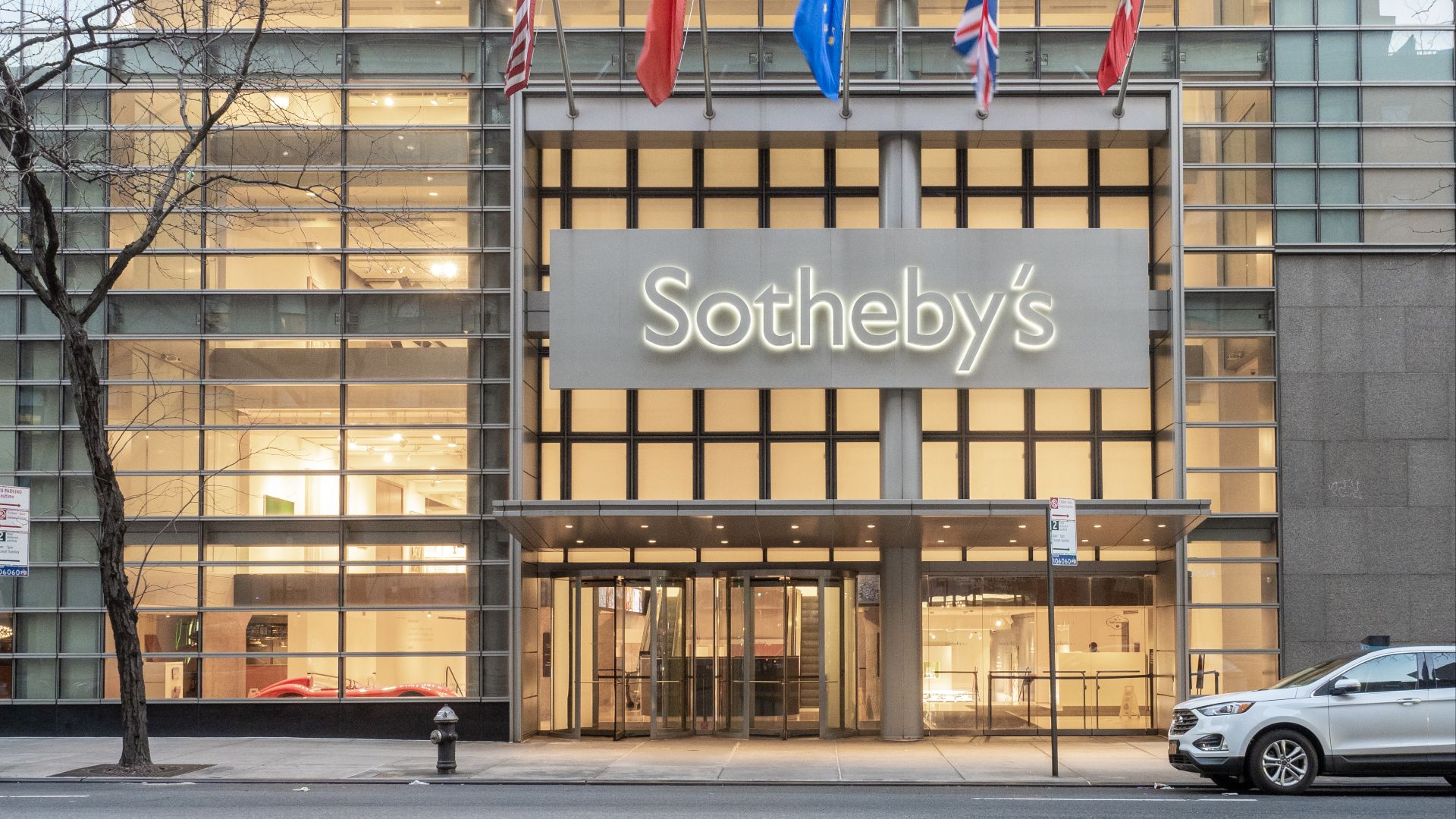 ajay_suresh, Wikimedia Commons
ajay_suresh, Wikimedia Commons
A Bidding War for History
The room was tense as bids climbed into the millions. When the gavel finally came down, the $4 flea-market purchase had sold for $2.42 million. The story made front-page news around the world.
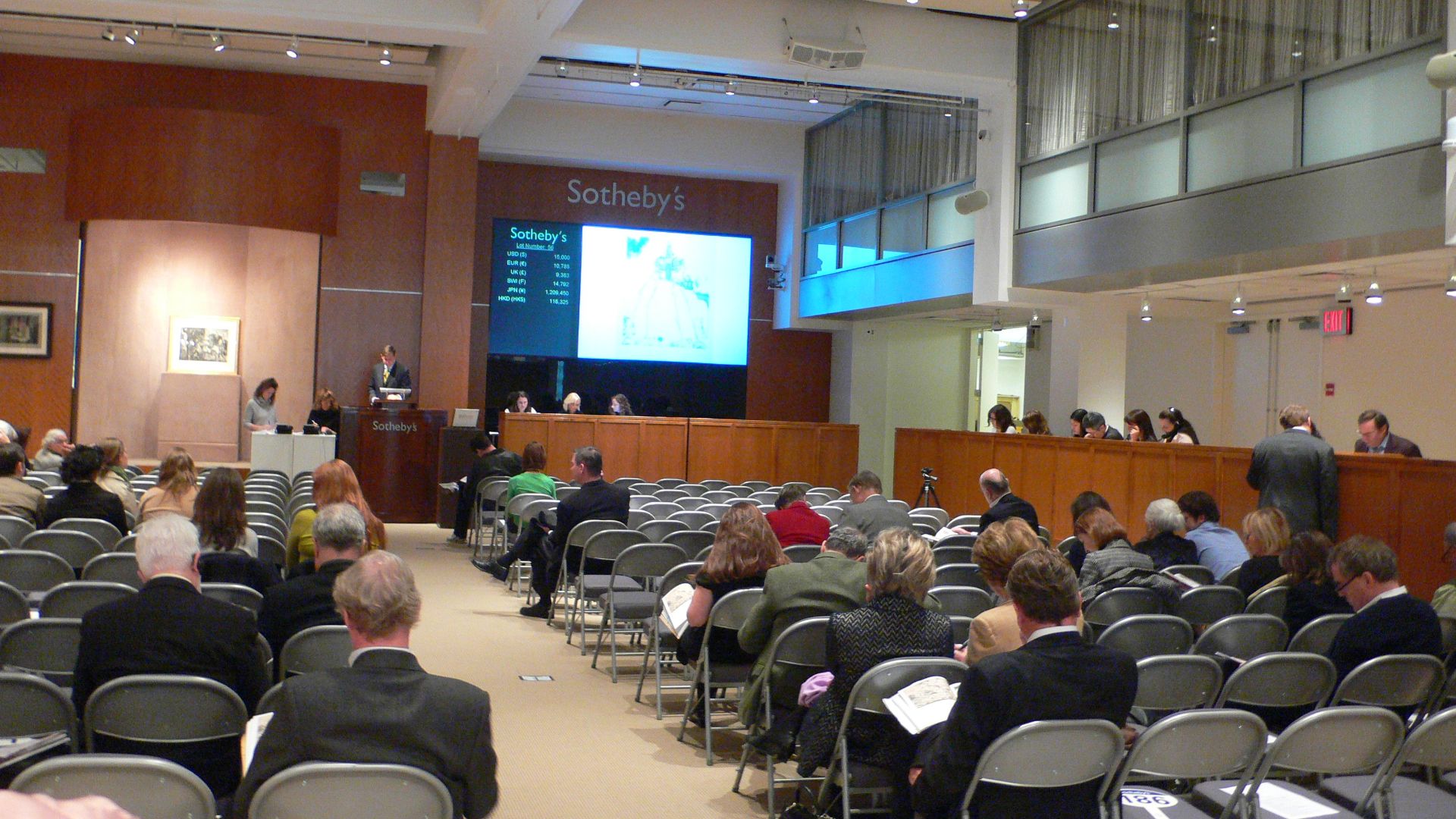 Nelson Pavlosky , Wikimedia Commons
Nelson Pavlosky , Wikimedia Commons
Preserving the Past
The buyer, philanthropist David Rubenstein, later loaned the document to museums for public display. “It belongs to everyone,” he said. “It’s a symbol of the country’s ideals and its enduring story.”
A Rare Survivor
For historians, the discovery was a reminder of how fragile—and how enduring—America’s founding documents can be. Smithsonian curator Harry Rubenstein called the Dunlap Broadsides “the first cries of independence put to paper.”
Protected by Accident
Ironically, the frame that hid the document may have saved it. Shielded from sunlight and air, the parchment remained in exceptional condition. Experts noted that its rag-linen composition helped it resist decay for more than two centuries.
The Odds of Another Find
Of the roughly 200 Dunlap Broadsides printed, fewer than 30 are known today. Most are housed in museums or private collections. The odds of finding another in the wild are almost zero—but history has a way of surprising people.
More Than a Windfall
For the man who discovered it, the true value wasn’t the money. He said later that holding the document felt like “shaking hands with 1776.” It was a tangible link to the moment America declared its independence—a piece of history hiding in plain sight.
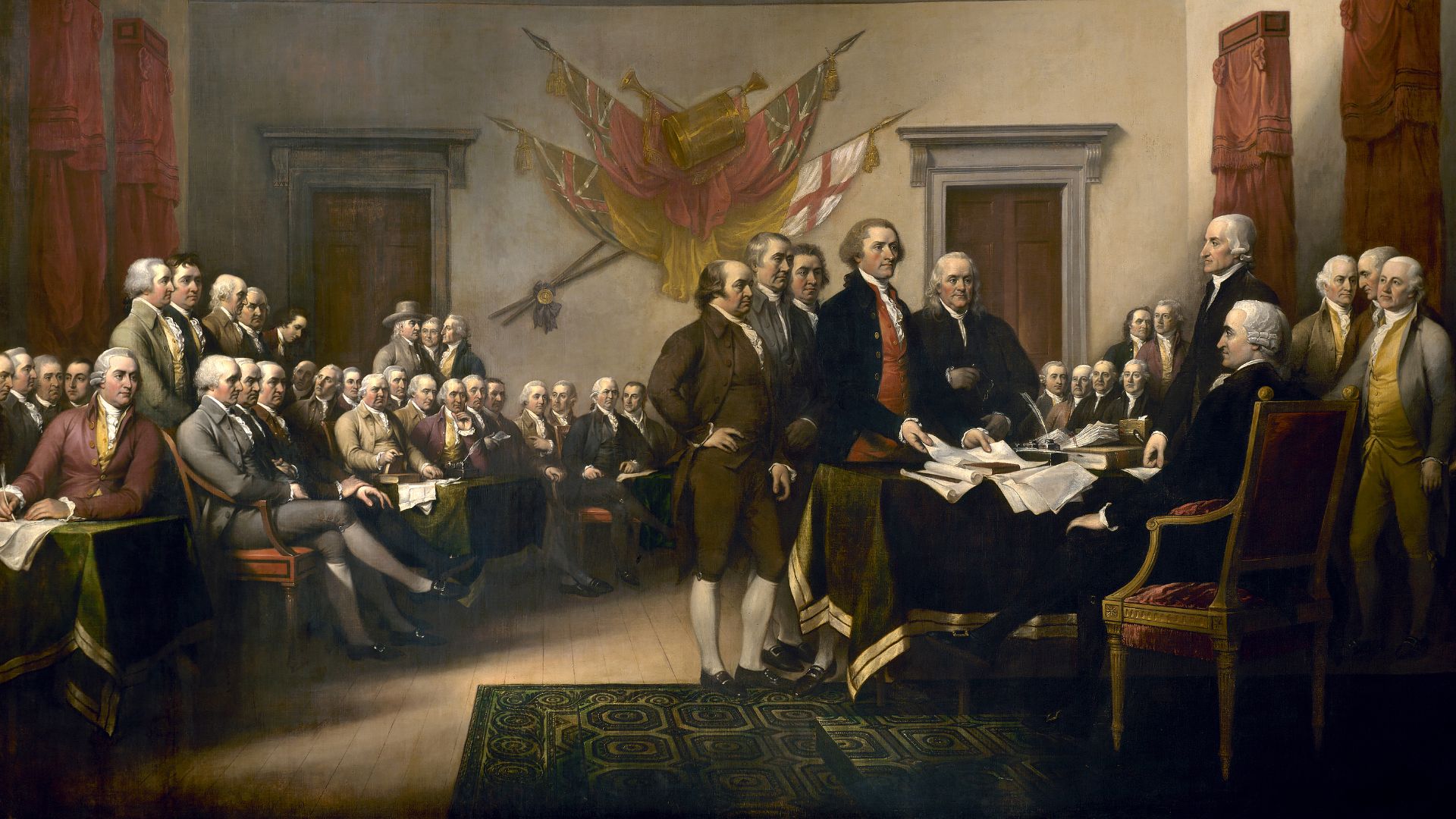 John Trumbull, Wikimedia Commons
John Trumbull, Wikimedia Commons
A Hidden Legacy
As historian Pauline Maier once wrote, “The Declaration is more than a document—it’s a promise.” For one unsuspecting man, that promise came folded between layers of paper and wood, waiting centuries to be rediscovered.
 WashingtonWiki, Wikimedia Commons
WashingtonWiki, Wikimedia Commons
Still Hanging in History
Today, the document remains preserved behind museum glass, viewed by thousands every year. Its unlikely journey—from a flea-market frame to a multimillion-dollar auction—reminds us that history sometimes hides where we least expect it.
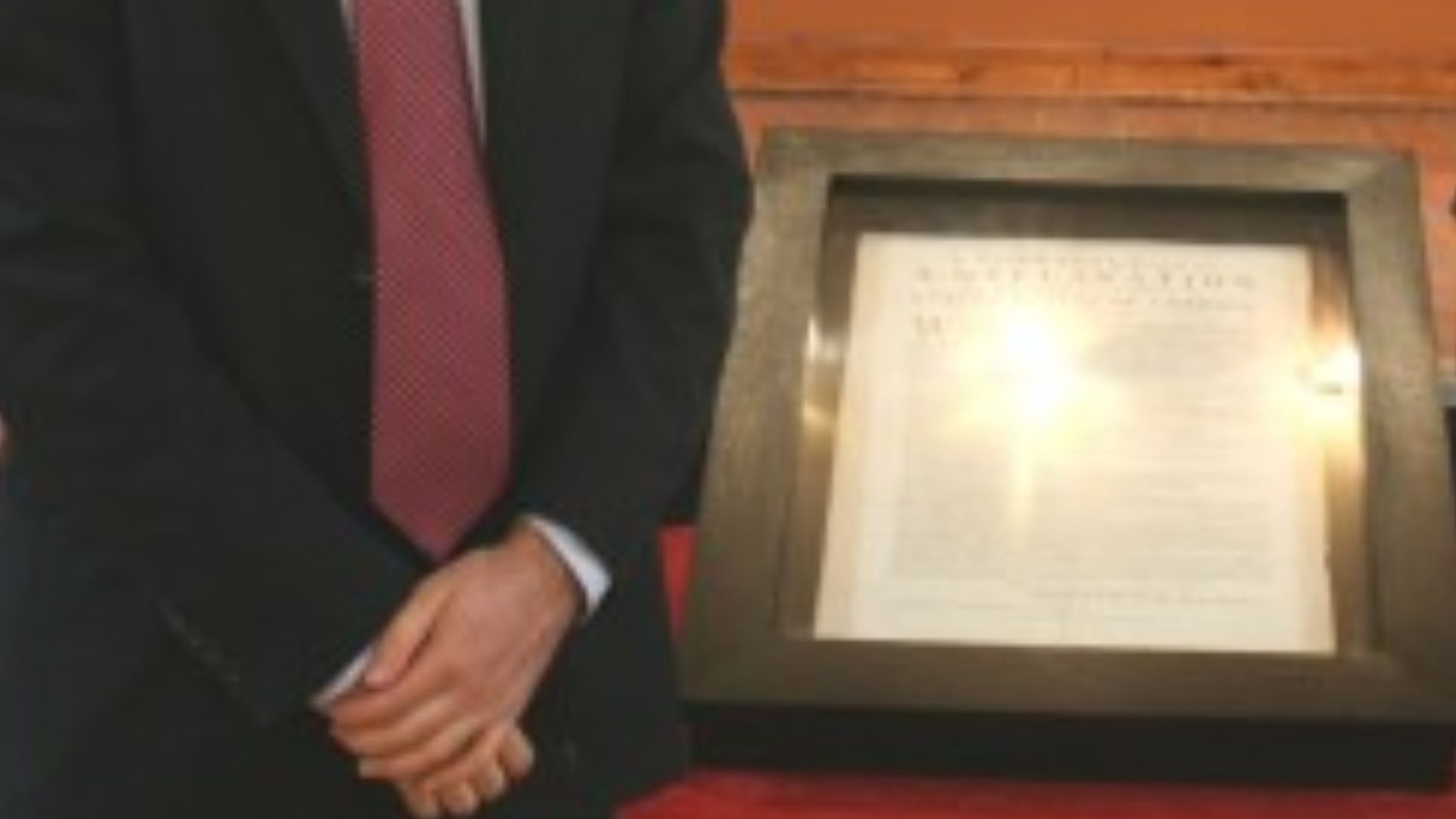 U.S. Representative Gabrielle Giffords' office, Wikimedia Commons
U.S. Representative Gabrielle Giffords' office, Wikimedia Commons
You Might Also Like:
David Bowie Painting Bought For $5 At Donation Center Sells For $88k
Stolen Renoir Found At Flea Market Returned To Baltimore Museum Of Art





